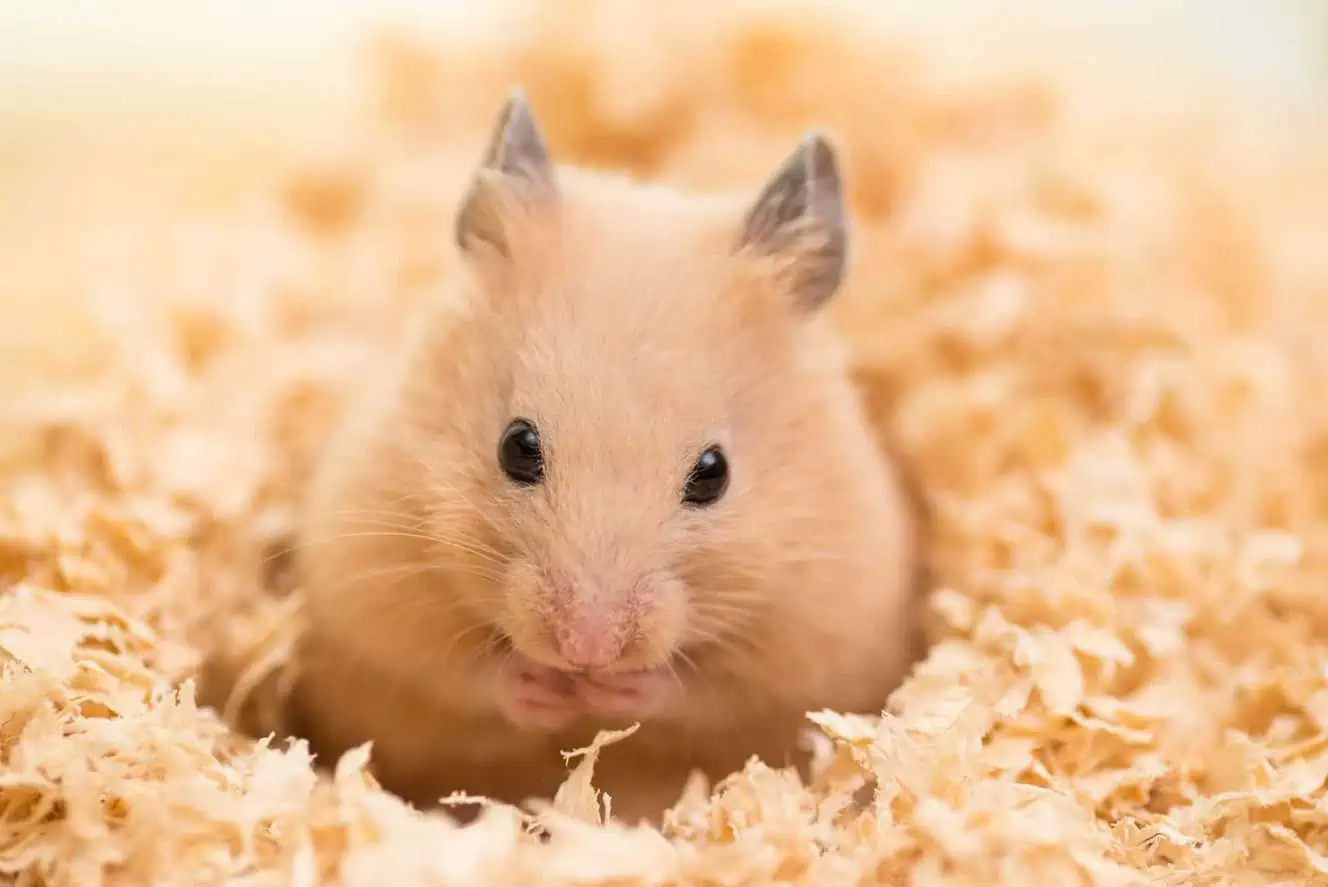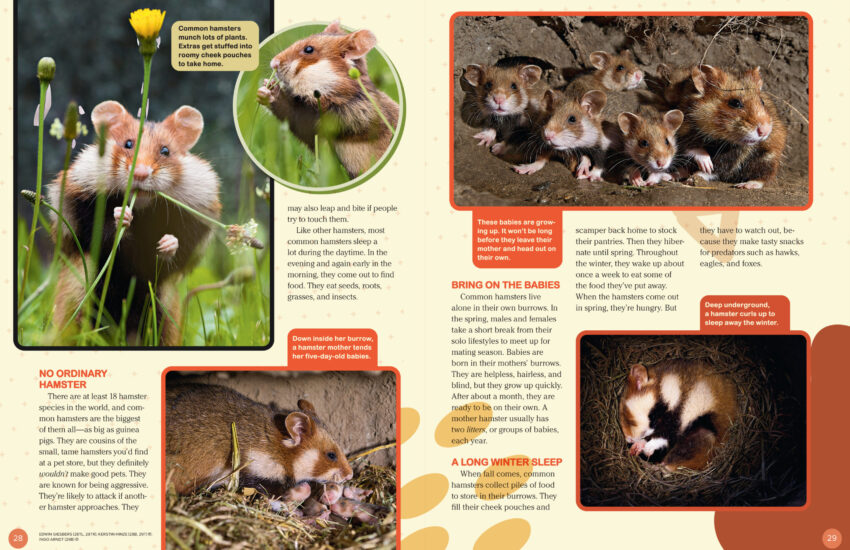Best Hamster for Daytime Activity
When it comes to choosing a hamster that thrives during the daylight hours, it’s essential to consider the various breeds’ natural behavior and activity patterns. Many hamster owners seek pets that are more active and engaging during the day, rather than traditional nocturnal species. In this article, we will explore the best hamster breeds for daytime activity, along with tips on how to care for them effectively to ensure a happy and stimulated pet.
Understanding Hamster Activity Cycles
Before choosing a hamster, it’s crucial to understand their activity cycles. Hamsters are generally nocturnal animals, which means they are most lively during the night. However, certain factors can influence their activity levels, such as habitat setup, diet, and social interactions. Syrian hamsters, for instance, while still predominantly nocturnal, can be encouraged to be more active during the day with the right conditions. As a pet owner, knowing these nuances can help make an informed decision.
Finding the Right Breed
When looking for a hamster that may show more daytime activity, consider breeds like the **Roborovski** and **Dwarf hamsters**. Among these, Roborovski hamsters are particularly noted for their curious nature. They are smaller and tend to be more social than other types. These little furballs are also known for their quick movements and bursts of playfulness throughout the day, making them engaging to watch and interact with. Providing plenty of space and engaging toys can stimulate their natural curiosity and encourage daytime play.

Creating the Ideal Environment
To foster daytime activity in your hamster, it’s essential to create an engaging environment. This includes a spacious cage with plenty of substrates for tunneling, climbing toys, and exercise wheels. A well-structured habitat promotes physical health and mental stimulation, encouraging your hamster to explore and play, even during the day. Include areas to hide and interact, as this can create a stimulating environment where your hamster feels safe and more inclined to be active in daylight.
Feeding and Nutrition Considerations
A hamster’s diet significantly influences its energy levels and activity patterns. Ensure you provide a balanced diet consisting of commercial hamster pellets, fresh vegetables, and occasional treats. Foods rich in protein can help promote activity levels throughout the day. In particular, adding small amounts of mealworms or sunflower seeds can give them a healthy energy boost. Monitoring how different foods affect your hamster’s activity can be an insightful practice to encourage a lively furry friend.
Time of Day for Interaction
To promote more daytime activity, consider when you interact with your hamster. Spending the late morning or early afternoon with them can encourage them to be more active as they adjust their schedule to your interaction times. Regular handling at these times can help establish a routine that makes your pet feel more comfortable and in tune with being active during the day.

Socialization and Activity
Socialization plays a vital role in a hamster’s overall demeanor. While some hamster species prefer solitude, others like Dwarf hamsters often thrive in pairs or small groups. If you own a type that enjoys social interaction, spending time together will encourage them to be more active and engaged. Consider introducing companions around the same time, as this will also aid in creating a dynamic environment conducive to play during the day.
Interactivity and Toys
Choosing the right toys can make a significant difference in hammies’ daytime activity. Look for interactive toys like tunnels, mazes, and treat-dispensing toys that provide both physical and mental stimulation. Rotate toys frequently to keep their interest piqued. Some hamsters also enjoy items that promote digging or burrowing, enabling them to express their natural behaviors comfortably. The right mix of toys can significantly increase your hamster’s activity during daylight hours.

Signs of a Healthy Active Hamster
Monitoring your hamster’s behavior can indicate whether they are healthy and happy. An active hamster will often explore their habitat, engage with toys, and display curiosity about their surroundings. If your hamster is more sedentary or shows signs of lethargy, it may indicate that something is amiss, either in their health or environmental conditions. Regular check-ups with a vet and observation of their habits are crucial in ensuring your pet is thriving.
Health Considerations
Regular vet check-ups are paramount, especially for more active breeds. Some hamsters may be prone to certain health issues that can affect their overall well-being and activity levels. For instance, dental problems can occur in hamsters, especially if they aren’t chewing enough suitable items. Being vigilant and ensuring they have proper health care contributes to maintaining their lively spirit during the day.
Key Takeaways
- Roborovski and Dwarf hamsters may exhibit increased daytime activity.
- A stimulating environment, rich diet, and consistent interactions help promote activity.
- Regular monitoring and vet visits are crucial for your hamster’s health.
- Incorporating interactive toys can significantly enhance the quality of your pet’s playtime.
FAQ
1. What type of hamster is best for kids in terms of daytime activity?
The **Syrian hamster** tends to be the most popular choice for kids as they can be handled easily while still being somewhat active during the day. However, Roborovski hamsters might offer a delightful, skittish personality that children can enjoy watching, although they may be faster and less easy to catch.
2. Can diet affect my hamster’s activity level?
Absolutely! A balanced diet enriched with proteins can increase your hamster’s energy levels. Fresh vegetables and occasional protein-rich treats can contribute significantly to their daily activity patterns, promoting more engagement, particularly during the day.
3. How can I encourage my hamster to be more active?
Ensuring your hamster has an enriched environment, including toys and appropriate interaction times, can encourage them to be more active. Regular engagements, especially in the late morning or afternoon, can help shift their behavior towards daytime liveliness.
4. What toys are suitable for a daytime-active hamster?
A variety of toys, including tunnels, climbing frames, and puzzle toys that dispense treats, can promote daytime activity. Rotating toys regularly keeps their environment fresh and engaging, encouraging them to explore and play.
5. Are there specific signs of a healthy, active hamster?
A healthy hamster will eagerly explore its environment, engage with toys, and display overall curiosity. Their energy levels and willingness to interact with you are both excellent indicators of their health and happiness.
6. Should I keep hamsters in pairs for better daytime activity?
While some hamster breeds are solitary and prefer living alone, Dwarf hamsters often thrive better in pairs or small groups. If you choose to pair them, early introduction can help establish comfortable companions that encourage each other’s daytime activity.
7. What can I do if my hamster displays lethargy or reduced activity?
If you notice a change in your hamster’s activity levels, it’s essential to consult a veterinarian. Lethargy can indicate health issues or an unsuitable environment, and early intervention can help identify and resolve potential problems.
